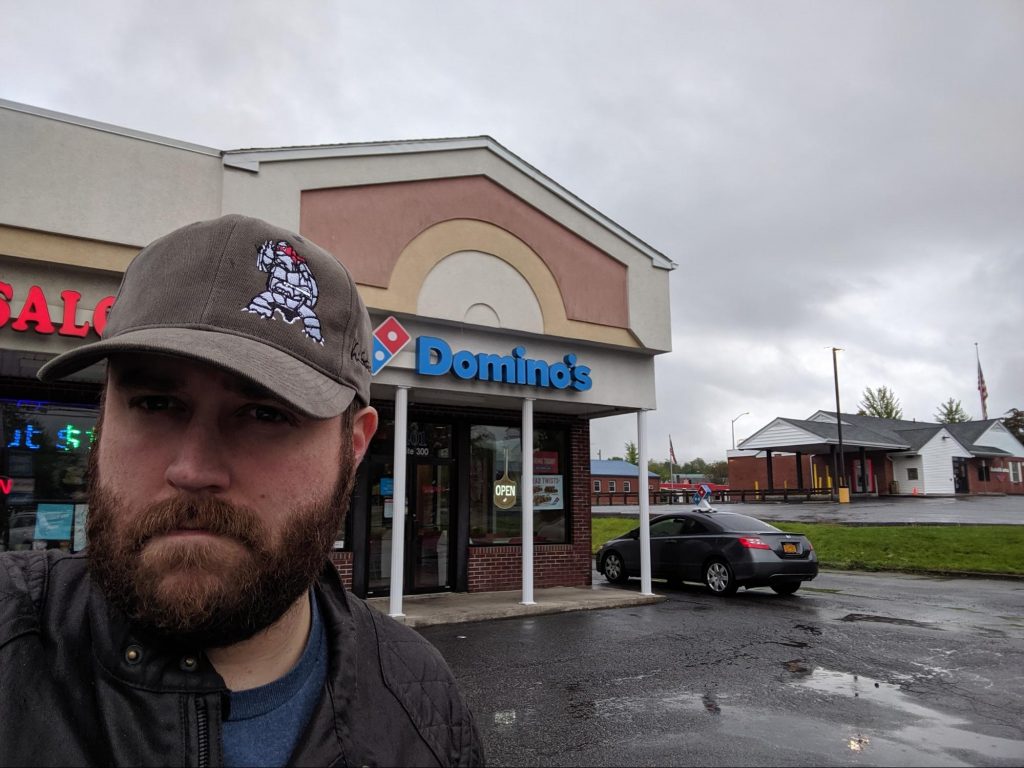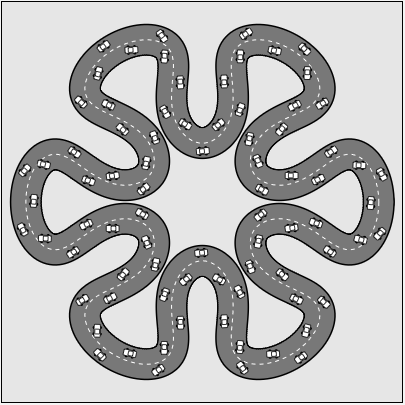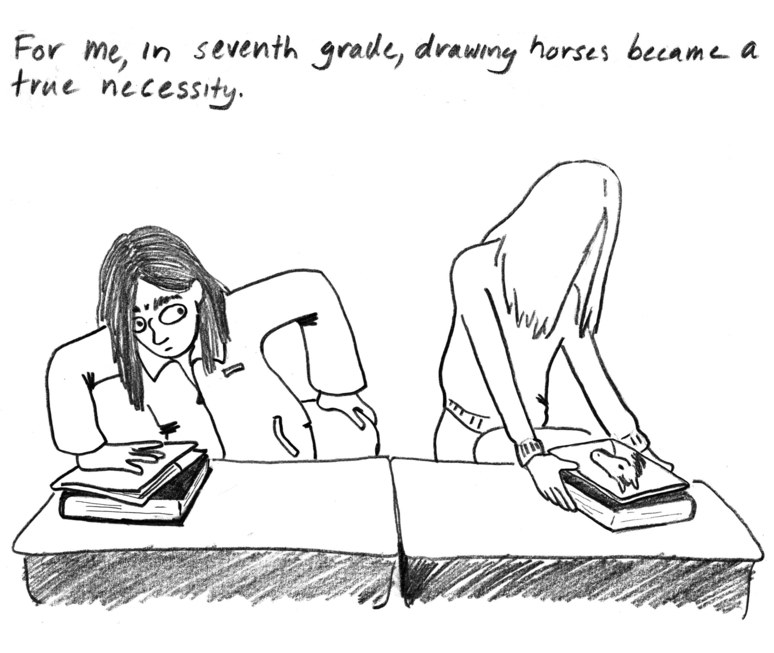My nephew, Michael, died on 22 May 2019. He was 15 years old.
He loved his family, tractors, lorries, tanks, spaceships and video games (mostly about tractors, lorries, tanks and spaceships), and confronted every challenge in his short, difficult life with a resolute will that earned him much love and respect. Online in his favourite game, Elite Dangerous by Frontier Developments, he was known as CMDR Michael Holyland.
In Michael’s last week of life, thanks to the Elite Dangerous player community, a whole network of new friends sprang up in our darkest hour and made things more bearable with a magnificent display of empathy, kindness and creativity. I know it was Michael’s wish to celebrate the generosity he was shown, so I’ve written this account of how Frontier and friends made the intolerable last days of a 15-year-old boy infinitely better.
…
I’m not crying, you’re crying.
A beautiful article which, despite its tragedy, does an excellent job of showcasing how video gaming communities can transcend barriers of distance, age, and ability and bring joy to the world. I wish that all gaming communities could be this open-minded and caring, and that they could do so more of the time.








